Did you know that customer churn costs $168 billion per year for businesses in the US?
So, how do you minimize this?
The answer is robust customer retention strategies.
Studies have shown that the same companies could save over $35 billion per year by focusing on keeping their existing customers happy.
In this article, let’s dive into understanding customer retention and discuss some top strategies you can employ to retain your existing customers.
Table Of Contents:
1. Create engaging content
2. Build a social community
3. Reward customer loyalty
4. Listen to the voice of your customers
5. Ask them why they left
6. Incentivise their return
7. Provide social proof
8. Be genuinely helpful
What is customer retention?
Customer retention, in its true essence, is a set of activities that an organization undertakes to stop its customers to defect or go away. It is the most effective strategy to increase the Lifetime Value of a customer and make sense of the acquisition cost spent to bring the customer to the business in the first place. In the holistic view of Customer Lifecycle Marketing, ‘customer retention’ is the fourth and final stage before the cycle resets to acquisition.
The importance and ways to retain customers
One of the few things I remember from my childhood days is the smile of the mom and pop shop owner at the corner of my street. He did that to almost everybody who passed through his shop. He had a cordial relationship with every customer he had, which was the underlying secret of his success. In fact, all of us remember this kind of a shop owner in all of our localities, no matter wherever in this world we grew up in. Then businesses started going online. Every business that sold something wanted to get on to the internet wave and widen their horizon and hence came the e-commerce boom.
Somewhere in the race to acquire customers, the art of retaining them took a back seat. Click To TweetOf late, businesses serious about realising the LTV (Lifetime Value) of a customer have been investing efforts in customer retention plan and it is completely justified to do so. A quick glance at the facts and research around Customer Retention Strategy underscores its importance even further:
Customer Retention: In the purview of customer lifecycle management
Customer lifecycle is a term used to describe the progression of steps a customer goes through when considering, purchasing, using, and maintaining loyalty to a product or service. For simplicity, I have considered the 4 phase of customer life cycle. I will be focusing on Customer Lifecycle in another post here itself.
The 4 phases of a typical customer life cycle are:
Conventionally, customer retention rate is defined as the number of customers doing business with a firm at the end of a financial year expressed as a percentage of those who were active customers at the beginning of the year. According to a research by Adobe out of every 100 customers only 8 are repeat purchasers or returning visitors. The stat doesn’t feel significant at all until you attribute the purchase volume to them. These 8% or returning customers account for 41% of the revenue while the other 92% on whom almost all the marketing budget is spent account for the rest 59%.
Yes, you can now stare into nothingness and repent for not focusing on retaining your customer till now.
Advantages of Customer Retention
Customer retention is a critical aspect of any successful business strategy. It goes beyond just maintaining a customer base; it involves cultivating lasting relationships that yield numerous benefits.
Here are some key advantages of focusing on customer retention:
- Enhanced customer loyalty: Focusing on customer retention helps businesses foster a sense of loyalty among their customers. When customers feel valued, they are more likely to remain loyal, leading to repeat purchases and increased lifetime value.
- Increased revenue and profitability: Customer retention is crucial for boosting revenue and profitability. Loyal customers tend to spend more over time, enhancing a business’s financial performance.
- Cost savings: Acquiring new customers can be expensive. Investing in customer retention strategies reduces acquisition costs and allows for more effective resource allocation. Retained customers require less marketing effort and often refer new customers through positive word-of-mouth.
- Competitive advantage: A loyal customer base provides a significant competitive advantage, acting as a barrier to entry for competitors. This advantage allows businesses to focus on innovation and improving their products or services.
- Valuable feedback and insights: Retained customers often provide valuable feedback and insights, helping businesses refine their offerings. This feedback is crucial for understanding customer preferences, pain points, and suggestions for improvement.
- Brand advocacy: Loyal customers are more likely to become brand advocates. Through positive testimonials, online reviews, and referrals, they contribute to the growth of a business’s customer base, often at no additional cost.
- Reduced customer churn: Effective customer retention strategies help mitigate customer churn. By addressing customer concerns and providing exceptional service, businesses can minimize churn rates and maintain a stable customer base.
- Long-term customer relationships: Building and nurturing long-term relationships is key for sustainable business growth. Customer retention allows businesses to establish trust, loyalty, and emotional connections, leading to mutually beneficial relationships.
8 Strategies for implementing customer retention for your business
As the saying goes – Retention is the new Acquisition. Now that the ‘importance of customer retention strategies’ has been aptly highlighted let us move ahead to harness it to our benefit. Customer retention strategy is tweaking your existing marketing strategy and make room for newer tactics focused on engaging and retaining people with your business. Focusing on customer retention over customer acquisition can offer greater return for any business in the longer run. Through personal experiences of being a customer and a marketer, I have listed a few actionable tactics that can help you in retaining your current customers and also bringing your lost customers back. Here they are:
Retaining your current customers:
1. Create engaging content
Create the content that your customers want to read, share and come back to it. In one of the earlier posts, I talked about engaging the audience to your business by creating content that your user wants. It was how ASDA, a major retail player used Youtube to give out tips and hacks to their customers through their channel named Mum’s eye view.
Create a blog, YouTube channel or even a podcast, but talk about things that matter to your customers. Make them come back to you for things that are helpful to them in their lives.
2. Build a social community
The emergence and prevalence of social media have empowered brands to engage in a dialog with their customers with negligible cost and boundless effectivity. Use it to project the humanness of your brand. Connect with people who talk about your brand. Provide a platform for them to speak. Add more people to it, create a community that talks good about your brand, reward them and make that community coveted.
Apple is a great example of how brands can build a community around their product. One such customer retention example is their #ShotoniPhone campaign.
When their new series of iPhone was launched, there were some criticisms about cameras. Apple transformed this challenge into an opportunity. They encouraged customers to showcase their creativity using their iPhones, effectively turning users’ experiences into a showcase.
This strategy created a platform for users to connect, share, and be part of a social community. This not only showcased their product quality but also demonstrated their commitment to listening to customer feedback.
3. Reward customer loyalty
I’ll be honest with you here, I do majority of my shopping online, and I am not loyal to any of the websites. The reason being, at one point of time I have made big ticket purchases on each one of them, and they didn’t care afterward if I returned or not. I would have loved to be presented with an offer here and there, just to appreciate the fact that I give them so much business.
Rewarding customer loyalty is about acknowledging and appreciating your customers’ continued business, which, in turn, fosters a deeper, more loyal relationship. A prime example of this strategy in action is the Starbucks Rewards program.
Starbucks, a global coffeehouse chain, has mastered the art of customer loyalty. Their rewards program is designed to make customers feel valued and encourage repeat business.
With each purchase, customers earn loyalty points in this program, or as Starbucks calls them, ‘Stars.’ These Stars can be redeemed for various rewards, including free drinks, food, and even Starbucks merchandise.
4. Listen to the voice of your customers
Listen to your customer when they want to say something. You customer might speak while browsing your website, on social media, emails or by calling you. It doesn’t matter; you need to be there when he/she speaks. Be as human as you can in your responses, nobody likes to talk to a company. Empathise with your customers in the time of distress and rejoice in the time of joy. Ask them if they like doing business with you through CSAT surveys. Make them feel at home.
Here is an example of Notion listening and attending to their customers feedback:
Getting back your lost customers:
5. Ask them why they left
People who have trusted your product/service in the past would have seen some value in it. But there should have been something that irked them, ask them about it. Collect such responses and analyse them. You would have a list of actionable items at the end of the exercise. Work on them, create tailored programs for different customer segments and welcome them back in to improve your ‘customer retention rate’.
6. Incentivise their return
For a returning-lost customer, you would save a lot of marketing effort and money as compared to getting a new one. Why not pass a fraction of it to the customers and make them feel welcomed.
This is how Amazon tries to win back their lost customers:
7. Provide social proof
Get your customers to talk about you. Use it as a social proof and a reminder of your offerings and how people still seek value in your offerings. People trust other people much more than they trust any brand.
Here is an example of how Daniel Wellington, a Swedish watch company, uses social proof through influencer marketing.
8. Be genuinely helpful
Your customers may have left because of some reason unexpected to you. It may be that they could no more afford you or their requirements changed. In any of the cases, do not just bang the phones in their face. If possible, suggest them other service providers they could go to. Give them the right directions and earn brownie points for future.
It is never too early to have more customers. Being honest with your customers is the best ‘Customer retention strategy’ you can ever adapt. Retaining them is the most cost effective way to achieve it. Make your customers feel at home, don’t get into theirs.
Conclusion
The key to successful customer retention lies in understanding and responding to the diverse needs of your customer base. Whether it’s through personalized content, building a social community, or simply being genuinely helpful, each interaction is an opportunity to fortify trust and loyalty.
However, for that, you need the right tools like WebEngage that will enable you to unify your customer data for better insights and engagement. Want to take your customer retention to the next level? Book a demo today!
FAQs
1. What is a customer retention strategy?
A customer retention strategy is a plan businesses use to increase the likelihood of a customer purchasing again while preventing them from switching to a competitor. This strategy involves various tactics and approaches focused on maintaining a strong, ongoing relationship with existing customers.
2. Why is customer retention strategy important?
Customer retention is crucial because it’s often more cost-effective than acquiring new customers. Retaining customers can lead to increased sales and referrals, as loyal customers are more likely to make repeat purchases and recommend the brand to others. It also helps in building a sustainable business model.
3. What factors help retention?
Several factors contribute to effective customer retention, including:
- Quality of product or service: Ensuring high standards meet customer expectations.
- Excellent customer service: Providing prompt, helpful, and friendly service.
- Customer engagement: Regularly interacting with customers through various channels.
- Personalization: Tailoring experiences and communications to individual customer preferences.
- Value and trust: Offering good value and building trust over time.
4. Why is retention hard?
Retention can be challenging due to increased competition, changing customer preferences, and the evolving market landscape. Customers have more choices than ever, making it difficult for businesses to consistently meet or exceed expectations. Additionally, retaining customers requires ongoing effort and resources to understand and address their changing needs.
Implementing retention marketing is finding the sweet spot between being apathetic to being creepy. Click To TweetDownload Impact Story – Increase Your User Retention By 30%. See how ALTBalaji, a popular on-demand video platform, did it.

































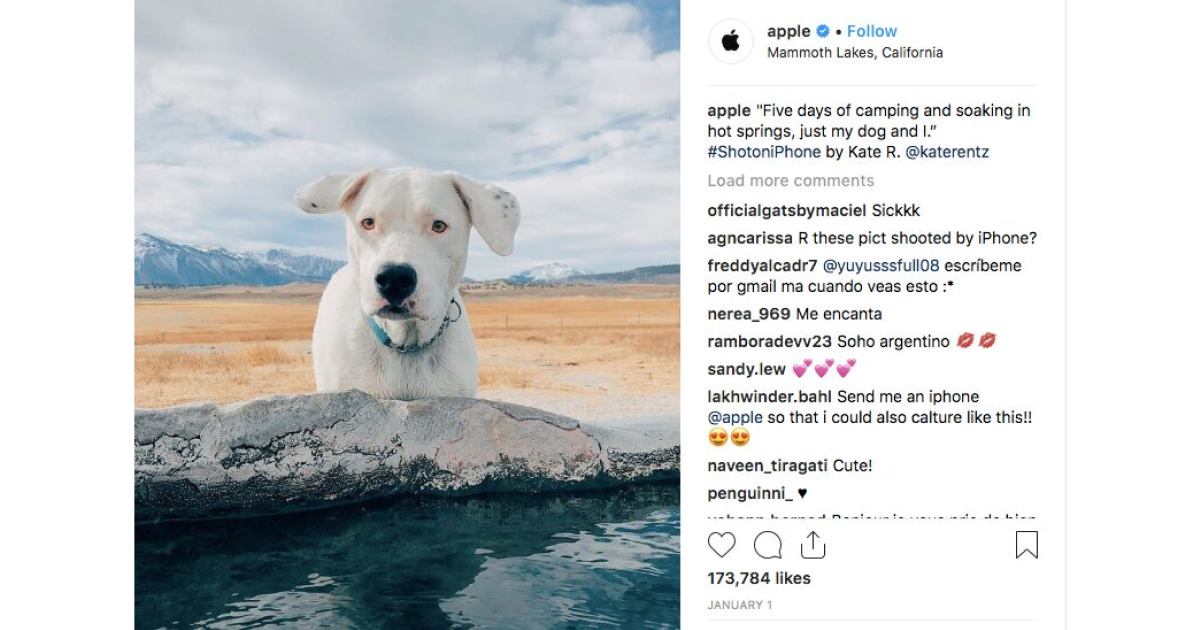
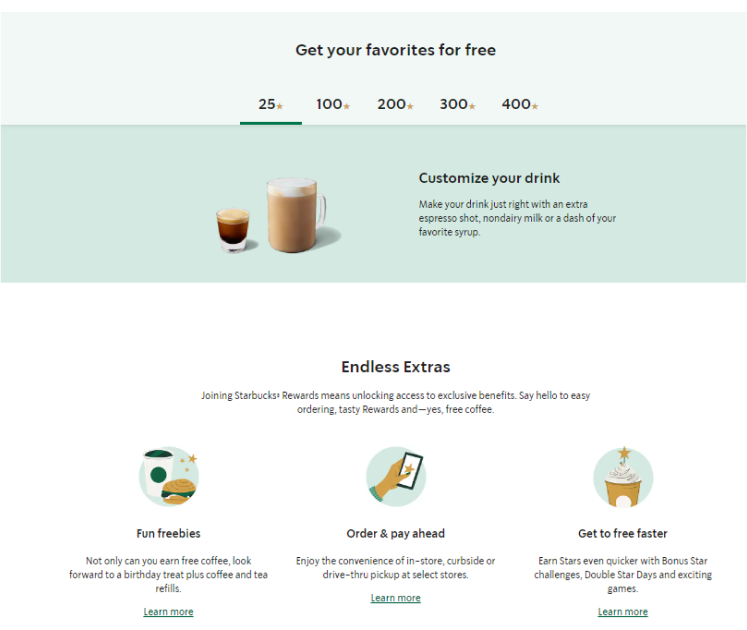
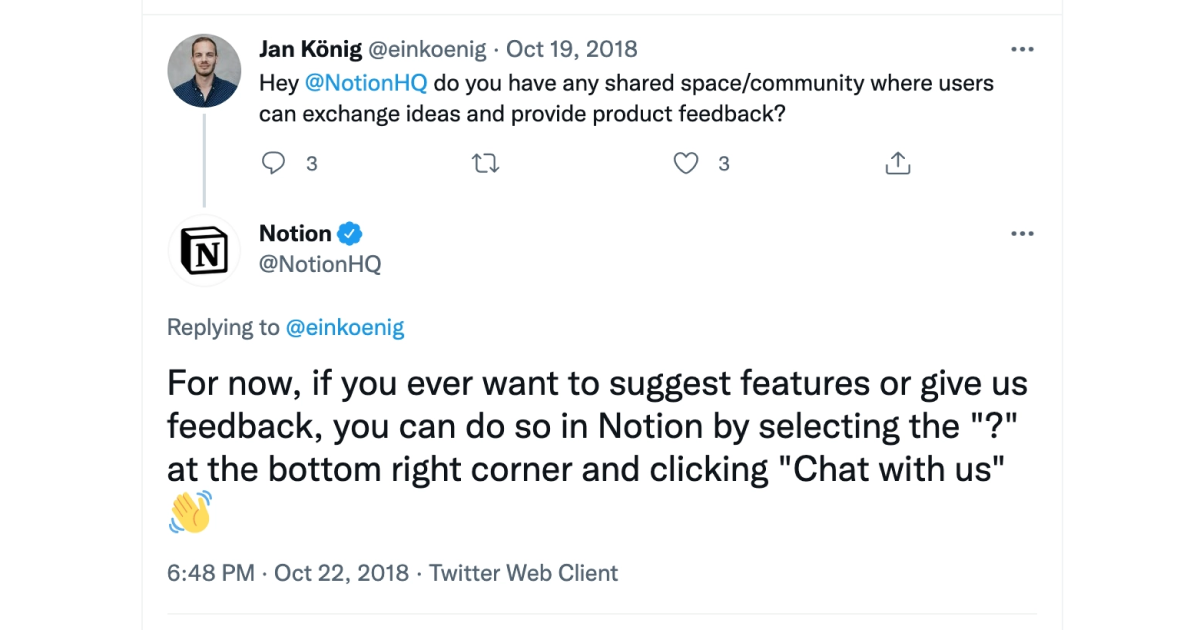
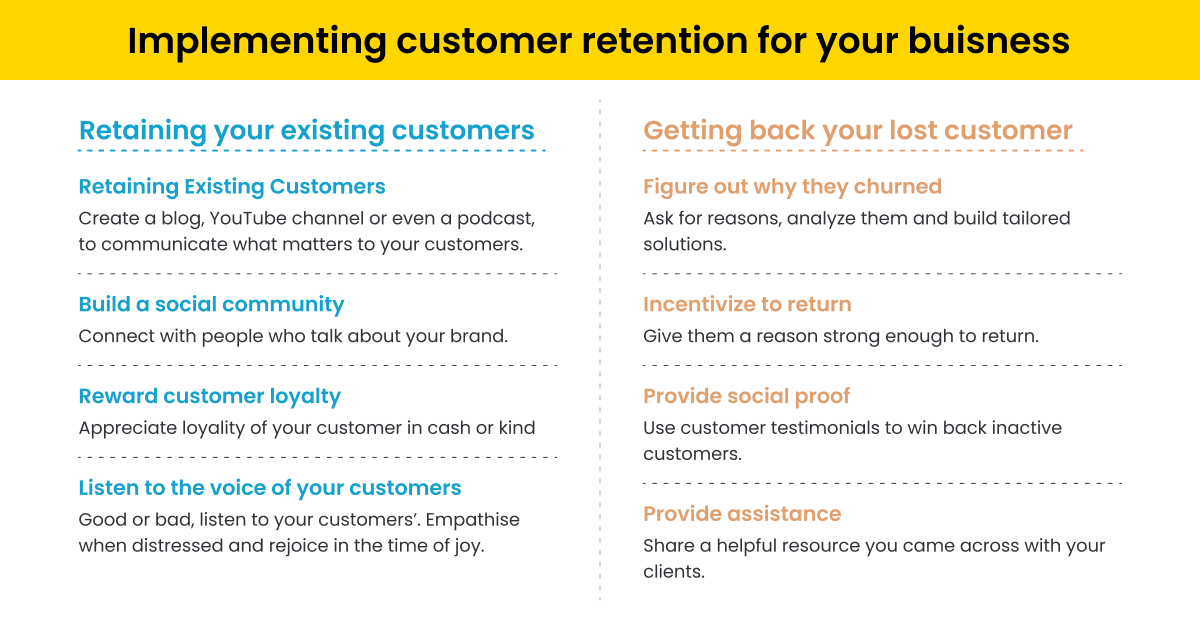
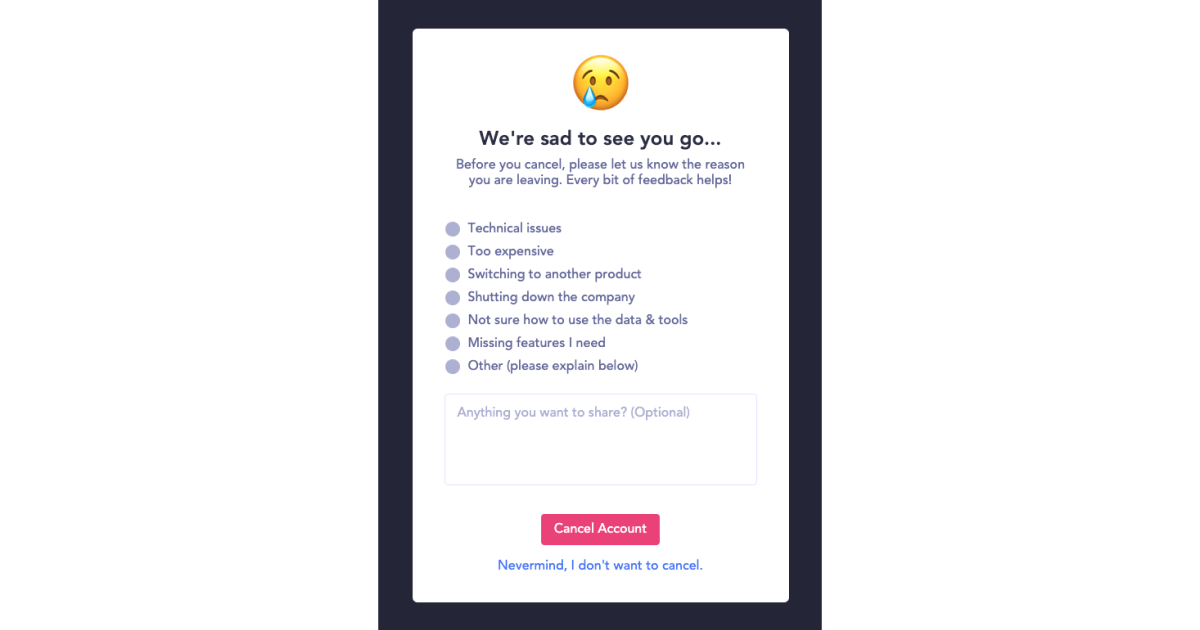
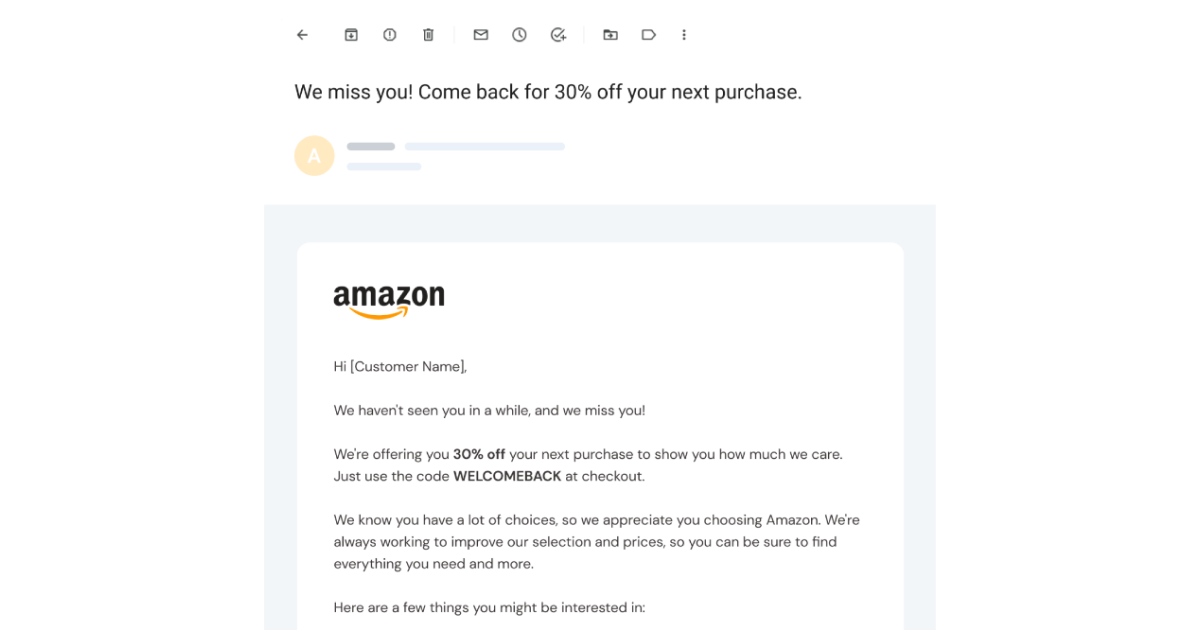



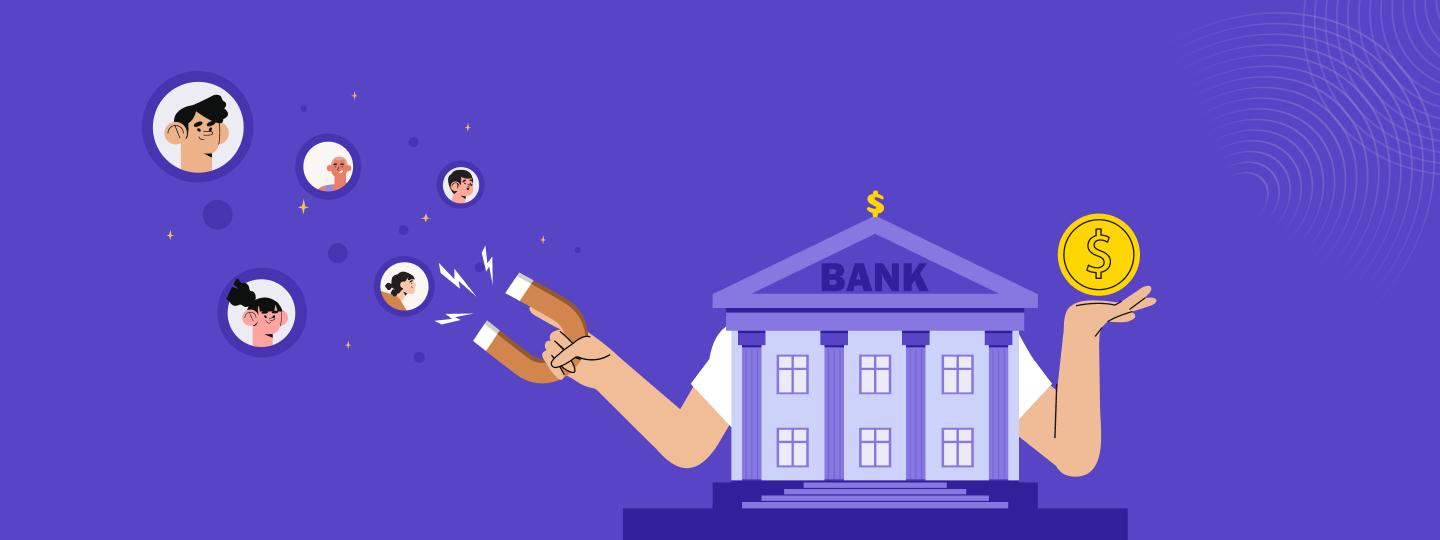
 Diksha Dwivedi
Diksha Dwivedi
 Kasturi Patra
Kasturi Patra








